Let’s be honest, based on the many Mayo recipes posted online, a lot of people actually think that preparing homemade mayonnaise requires a blender.
But that’s actually far from the truth! And in this article, we will guide you through the simple process of making a blender-quality mayonnaise without the need for a blender!
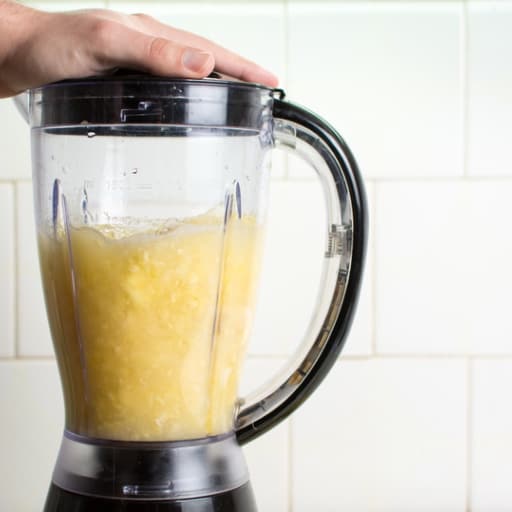
Can You Make Mayonnaise Without Blender?
Yes, it’s possible to make mayonnaise without a blender, by hand using a whisk, mixer or a fork, but a blender or food processor would always remain the best, fastest and most reliable way to make it.
When making mayonnaise using anything other than a blender, the key is to mix the ingredients consistently and vigorously to form a stable emulsion.
How Does Mayonnaise Work?
The whole idea of mayonnaise is basically to combine two immiscible liquids for stability and homogeneity.
The two liquids include oil (usually canola oil, soybean oil, or other oil that doesn’t have flavor) and an aqueous phase supplied by the water based ingredients such as yolks, whites, vinegar, lemon juice and water etc.
In order for the emulsion to work, there has to be an emulsifying agent, which means a substance that both attracts and repels water at the same time, so that it can serve as the medium that brings the two together.
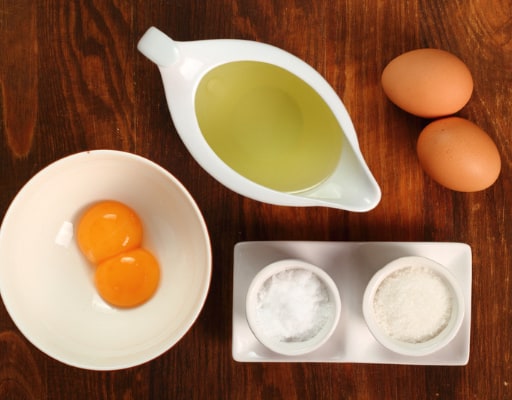
In a Mayo, the main emulsifier is the lecithin content in the egg yolk, although sometimes mustard can serve perfectly well too.
Lecithin, just as we have discussed above, is a type of lipid molecule that has both hydrophobic (water-repelling) and hydrophilic (water-attracting) properties.
When the Mayo mixture is being made by slowly adding oil into the mixture and whisking or blending it continuously, the oil end up being broken down into tiny droplets and disperses throughout the aqueous phase.
The lecithin molecules now, quickly surround the oil droplets, with their hydrophobic tails pointing inward towards the oil and their hydrophilic heads facing outward into the water-based mixture.
This creates a kind of barrier around the oil droplets that prevents them from merging and separating from the aqueous phase.
Another that helps to keep everything stable is the acidic component too. It reduces the interfacial tension between the oil and aqueous phase which instantly stabilizes the mixture.
What we end up seeing on the surface is a stable emulsion that we know as mayonnaise.
From then on, you can season to taste using a variety of ingredients.
Now that you know how Mayo works, let’s go through each of the methods to see how they work.
Before that; let’s take the basic recipe we’ll be using for the whole methods first:
Ingredients
- 2 yolks
- A pinch of salt
- 1 tablespoons Dijon Mustard
- 250ml Soybean Oil
- 1 teaspoon of Lemon Juice
How To Make Mayonnaise By Hand (Using Whisk or Fork)
Whisk — By far, this is the slowest method of all and it requires some elbow grease to get results.
To make mayonnaise by hand using a whisk, first get a bowl with a non-slip bottom or slide a damp cloth underneath to keep the bowl steady. Remember you’re going to be whisking a lot.
Next, combine egg yolks, dijon mustard and a pinch of salt in the bowl and whisk until you achieve an even mixture with a smooth consistency.
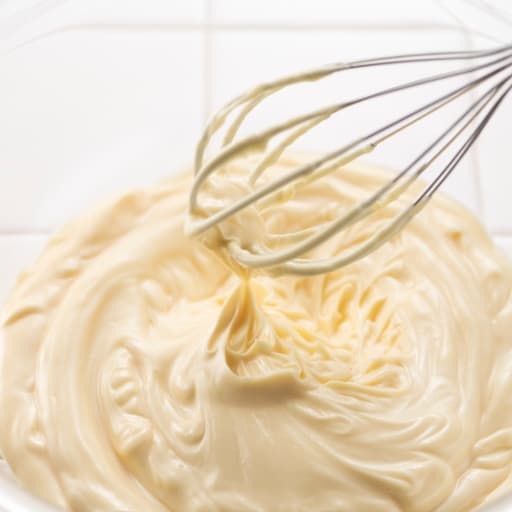
Now slowly, slowly add or drizzle a drop size of the oil into the mixture while simultaneously whisking.
It is crucial to add the oil in a thin, steady stream and not the opposite to ensure proper emulsification occurs.
You can also add a drop at a time, while whisking, and continue to add it in breaks like this until you achieve a well combined yolk and oil mixture that is just starting to thicken.
Now you can add more of the oil (still at reduced quantity to prevent the Mayo from splitting), and continue to whisk until you add in all the oil.
Continue to whisk and you should arrive at a nice pale yellow mixture with a thick creamy consistency. Now add the lemon juice and season it to your preference.
Remember, if the mayonnaise appears too thick, you can add a few drops of water to thin it out.
Here’s a quick YouTube short on how to make mayonnaise by hand, using a whisk.
Fork — Instead of a whisk, you can use a fork to incorporate the oil into the eggs. This may be a bit slower and very prone to failing, but it’s still a good option to try out especially when you don’t have any of the items mentioned above.
So for the fork method, in a small, shallow bowl, combine the yolks, dijon mustard and lemon juice and use a fork to mix the ingredients until they are well combined.
Now slowly drizzle in the oil (a few drops at first) while continually stirring with the fork.
Soon, you’ll get this smooth runny blend of oil and egg mixture. Now continue to add the oil, but this time, in a thin, steady stream while making sure to whisk fast.
Eventually, after like forever, you’ll end up with a mayonnaise: thick and creamy mixture.
At this point, feel free to season the mixture as you like.
How To Make Mayonnaise Using A Mixer (Hand or Stand)
Mixers are the second best option to the regular blender or food processor when it comes to making mayonnaise.
Here’s how to use them to make Mayo.
Hand Mixer — In a wide mouth jar secured in place by attaching it (using a rubber band) to a half gallon holding water or something dense, whisk the two yolks until creamy.
This makes it easier for the emulsification to happen, rather than when you don’t mix the yolks first.
You can use a whisk attachment or the regular attachment that comes with the hand mixer, both work well.
And in case you’re wondering why we are attaching the jar to the gallon, it’s so as to stop it from moving about when the mixture starts to get thick along the way.
If you don’t have a jar, use a bowl, but make sure to secure it in place by sliding in a damp towel underneath.
Next, while whisking at high speed, add a drop at a time of the oil, and continue to do so until the mixture starts to incorporate.
You can then add more of the oil while maintaining the whisk, and continue to do so until everything is combined nicely.
Add the dijon mustard, lemon juice, salt and seasoning of choice and run the mixer at medium speed to incorporate everything.
Stand Mixer — When using a stand mixer, add the yolk, mustard and lemon juice into the mixer bowl and mix until everything is frothy.
While on slow speed, add a few drops of the oil at a time and continue to do so until you gauge the oil is beginning to combine nicely with the yolk mixture, then add the oil in a thin steady stream and continue to mix until you get a light creamy mixture.
Season with salt and pepper and mix to combine. There you have it, a Mayo using a stand mixer.
Cool hack: If you don’t have a hand mixer, attach a whisk to a drill and use that in exactly the same fashion as using a hand mixer.
How To Make Mayonnaise Using An Immersion Blender
The immersion blender is my least favourite way of making mayonnaise simply because it is apt to fail a lot of the time, and while I know that you’re looking for ways to make mayonnaise without a blender, i’m pretty sure it’s not the immersion blender you’re talking about.
Here’s how to make Mayo using this technique however, although if you end up ruining a batch, the responsibility is yours and yours alone to bear!
First, add the yolks, lemon juice, salt and mustard into the blender cup and pulse everything with the immersion blender until you have a good mix.
You might have to tilt the cup a bit, in order to reach the yolks and the rest of the ingredients.
Now, with the immersion blender still running, add a few tablespoons of the oil into the cup, and continue to do so gradually until you notice the oil and the egg mixture start to come together nicely.
Continue to add the oil in a thin, steady stream while blending until everything comes together into a creamy mayo consistency.
If you find that the mayo is very thick, you can thin it out by adding a little quantity of water (about a tablespoon at a time) and you can also add seasoning at this point.
Another very popular way that people like to make mayonnaise in an immersion blender is to first form the egg mixture like we’ve mentioned above, and then add all the oil into the cup and blend everything at once.
I must say though, that this method is more than likely to turn into a mess for most people, especially starters.
Tips For A Blender Quality Mayo
Now because we’re not starting off with a blender or a food processor, there are key things you need to make sure you’re doing in order to knack that perfect blender-quality mayonnaise.
Here they are:
- Ensure that all the ingredients are at room temperature before you start out with the venture.
- Add the oil slowly and in a steady stream. Rushing would only cause the Mayo to seperate or become too runny.
- Exercise patience and mix consistently, especially when using a whisk or a fork.
- If the mayonnaise begins to separate, you can fix it by whisking in a teaspoon of water. Note that the resulting Mayo would be a bit thinner though.
How Do You Make Mayonnaise Thicker?
Try the following tips to make your mayonnaise thicker.
Use more egg yolk
The egg yolk is the emulsifying agent that helps thicken the mayonnaise. If your mayonnaise is too thin or broken, try whisking one yolk in a separate bowl and adding the Mayo mixture into it while continually whisking. This may help improve the consistency of Mayo. Follow up with the remaining oil to further thicken the Mayo.
Add the acid at the end
Because the acid contains water, and water thins out mayo, it’s always a safer bet to add any water based ingredient like lemon juice or vinegar in the end after the Mayo has thickened properly. This way, the chances of running into a watery mess is reduced.
Add oil, but slowly
When making mayonnaise, gradually adding the oil while whisking or blending continuously is the most important step. Mess it up and you’ll have to start all over again, with fresh ingredients.
By adding oil in drops first and mixing well, you allow for the emulsion to happen and stabilize, which will then allow for the mixture to thicken further with the subsequent addition of a thin, steady stream of oil.
If you add the oil too quickly in the beginning, it can cause the mayonnaise to separate or become too thin.
Check the temperature
The ingredients in mayonnaise should ideally be at room temperature before you start mixing. If the oil or egg yolk is too cold or too hot, it might not emulsify properly, and using ingredients at the latter temperature would result in a thinner mayonnaise. Make sure your ingredients are at room temperature before you start.
Whisk or blend vigorously
To ensure that the oil and egg yolk emulsify properly, make sure to whisk or blend the mixture with some force. This will help create a thicker, more stable emulsion.
If your mayonnaise is still not thick enough after trying these tips, it’s likely there isn’t any way to salvage the situation, and the best thing you can do is to refrigerate it for a few hours.
The cold temperature will help set the emulsion and thicken the mayonnaise slightly, even though it could firm up when it’s spread on a sandwich or added to a salad.
Can You Make Mayonnaise Without The Following Ingredients?
Without eggs
Yes, you can make mayonnaise without eggs by using a plant-based substitute, and in one part, that’s the whole point of vegan or vegetarian based mayonnaise.

A popular option you can explore is aquafaba, which is the liquid from a can of chickpeas. You can also use silken tofu or unsweetened soy milk as an egg replacement.
The general process remains the same: blend the egg substitute with other ingredients until you reach a creamy and smooth consistency.
Without mustard
While mustard does bring in some emulsifying properties to the mix, the lecithin in the yolks are more than up for the task. So in this regard, and for this purpose, you can ditch out the mustard.
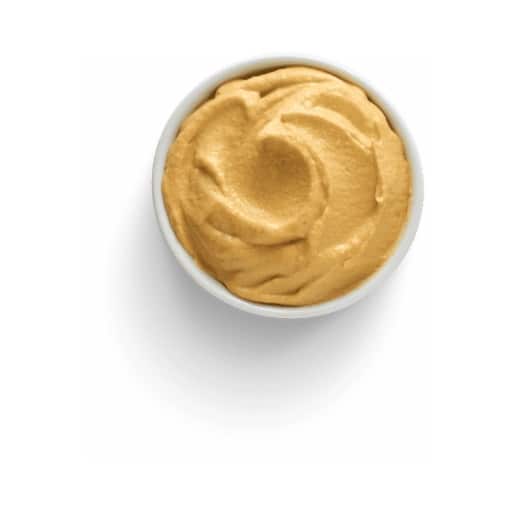
But mustard does more than just to emulsify. It also provides a bit of tanginess to mayonnaise — and that also, can be taken care of by the vinegar.
Some mustard can be sweet while others can be spicy, but these are characteristics that you can easily substitute for after making the Mayo.
So in the end, mustard really isn’t a necessary ingredient to add to a mayonnaise.
Without lemon juice
Lemon juice provides acidity and brightness to mayonnaise, and you know what else does that too? Vinegar, which can even add a bit of sweetness depending on the type you’re using.
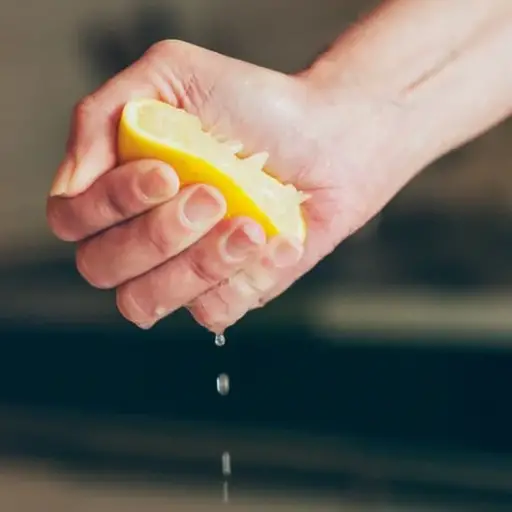
Therefore, you can certainly make mayonnaise without lemon juice by using a different source of acidity such as white wine vinegar, apple cider vinegar or even lime juice.
Just make sure to adjust the amount to taste, as different acids can have different levels of tanginess.
Without oil
In my humble opinion, there isn’t a mayonnaise without oil, not like there cannot be mayonnaise without oil as there can, and it uses silken tofu actually.
Oil is a very crucial component in traditional mayonnaise, providing its rich, creamy texture.
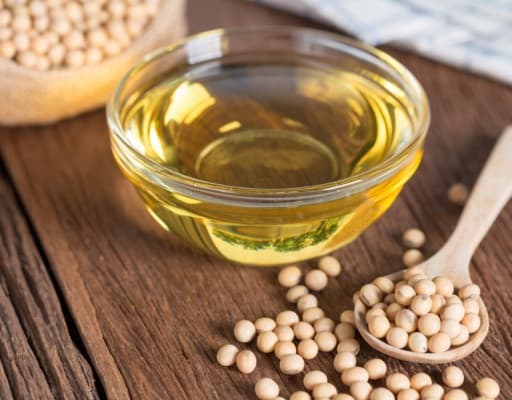
Therefore, making a mayo-tasting condiment without oil can be notoriously challenging, and the closest you can ever get to completing this task is to create a low-fat or fat-free version using ingredients like Greek yogurt, silken tofu or a combination of the two, and pretend it’s Mayo!
Keep in mind that this alternative will not have the exact same taste or texture as traditional mayonnaise, but it can still be used as a healthier option in various recipes.
Without vinegar
Easy, replace vinegar with lime or lemon juice and you’re good to go!
Frequently Asked Questions
Is Palm Oil Good For Making Mayonnaise?
While you can technically use palm oil to make mayonnaise, and it would work, it’s not a top choice because of its strong flavor, and high saturated fat content. The first is pretty self explanatory, dip your fingers into a bowl containing palm oil and have a taste, it’s not the most pleasing, as least for making mayonnaise!
Secondly, the highly saturated fat in it makes it almost impossible to refrigerate it (which you’ll have to do in order to preserve freshness).
Once refrigerated, the fats end up crystallizing which cause breakage of the emulsion and suspension of the oil. This makes it difficult to spread the Mayo on sandwiches or other food items, unless the Mayo is heated, which of course is just another issue.
This is the same reason why lard, butter oil and even coconut oil aren’t used commercially in Mayo production.
Instead of these oil, opt for neutral-tasting oil with a lighter texture, such as canola or vegetable oil.
These alternatives allow the flavors of the egg yolk, mustard and other seasoning you’re using to shine through without overpowering them.
Which Oil Is Better For Mayonnaise?
As we have mentioned above, when making mayonnaise, always go for a neutral tasting oil and one that has a light texture.
Canola oil, vegetable oil, soybean oil and sunflower oil are all great options to try.
You can also use olive oil, but keep in mind that it imparts a stronger flavor which works better for aioli or other mayonnaise variations.
When choosing oil also, make sure to consider the health implications too as well as allergic reactions, as not all oils are created equal!

